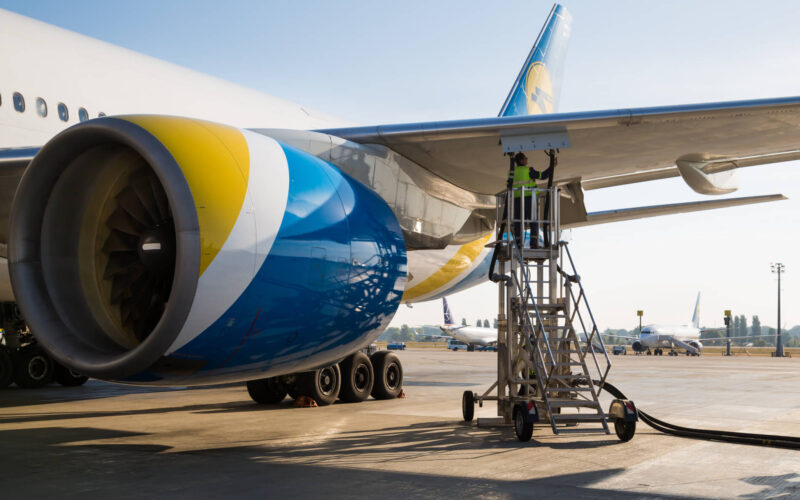The Federal Aviation Administration proposed the adoption of a new airworthiness directive (AD) concerning the Boeing 777 family, after multiple reports of cracks in the fuel tanks leading to leaks.
After investigating a fuel leak on an unidentified aircraft, “fatigue cracking was found on the forward inboard side of the fuel tank access door cutouts on the left and right lower wing skin,” the proposal reads. The FAA attributes the cracks to “corrosion damage with high shear stress concentration around the edge of the lower wing skin fuel tank and dry bay access door cutout being higher than anticipated.” The defect, described as “unsafe”, could potentially affect 221 airplanes in the United States.
As a corrective measure, the FAA suggests “repetitive inspections for any existing repair of the wing lower skin fuel tank and dry bay access door cutouts on the left and right lower wing skin, and applicable on-condition actions.” The directive lists the on-condition actions as such:
-
Blend out of corrosion or fretting
-
Repair of crack less than or equal to 0.2 inch with no blend repair or keyway trim modification.
-
Detailed and High Frequency Eddy Current inspections
It is the fifth FAA airworthiness directive to affect the Boeing 777 family in 2020. In June 2020, the regulator said it received 25 reports from operators of discrepancies between the fuel quantity indicating system (FQIS) of a Boeing 777 aircraft and the fuel amount recorded by the refueling truck. “In at least 16 of these events, the airplanes continued with the mission; of those, 6 landed at the destination airport, and 10 had to land at a diversion airport,” the notice outlines.

